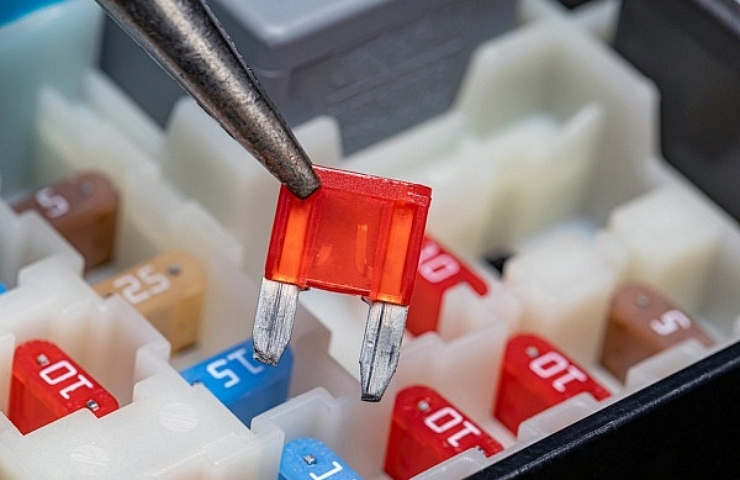Contents
There are many types of fuses for automotive use, ranging from the old-school glass AGC to the high-current MEGA AMG and AMI fuses for big-draw items. They all serve the same purpose: to protect the vehicle if a device fails or the wire shorts to ground. Fuses in the fuse box are not there to prevent damage to a component; they are there to prevent an electrical fire due to shorts or too much current draw.
While there are nuances to the function of different fuse types, when they blow, the result is the same. Something in your car doesn’t work until you replace the fuse and rectify the issue.
Shop now for car fuses and boxesSymptoms of Blown Fuse
Sometimes, it is obvious that a circuit is blown. The radio or accessory port dies, or the headlights won’t work. Other circuits—such as the fuel pump, electronic control module, or ignition system—may cause the vehicle not to start. The fuse box should be the first place you check when any electrical system is not functioning in your vehicle.
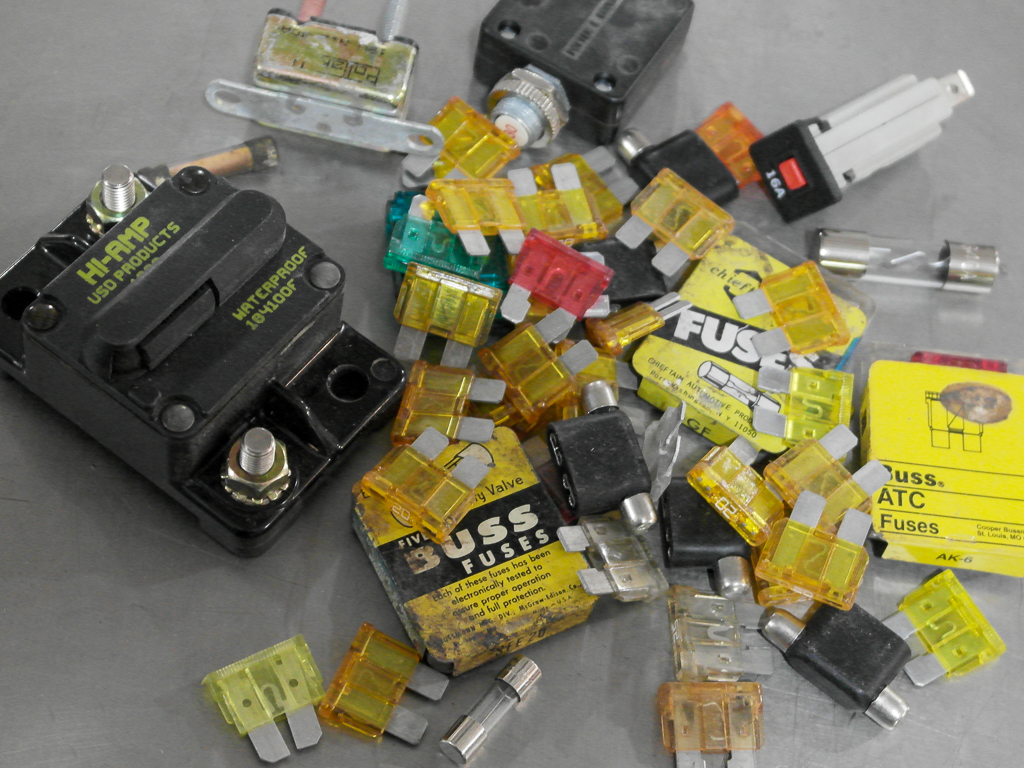
There are many types of fuses for automotive use. Make sure you carry the right ones for your vehicle.
A fuse can pop for any number of reasons. Regardless of the cause, the result is simple. When the fusible element inside the fuse reaches a certain heat level, it melts, opening the circuit.
Slow-blow fuses, which can withstand high current for a very short time without blowing, are suitable for components with a high startup current but low operating current, such as fuel pumps. Fast-blow fuses pop the millisecond they carry too much current.
The type of fuse you need is clear, as each is a different kind of fuse. This is noted on the body of the fuse itself, along with its amperage rating.
Read: Why Your Car Won’t Start
Why Did Your Fuse Blow?
The accessory ports and lights are the most common fuses to blow in a car. Accessory port fuses are often tied to the radio and are often in the 10-amp range. A radar detector, phone charger, and radio simultaneously can overdraw the circuit, causing the fuse to pop. A faulty plug-in accessory is a typical culprit for blown accessory fuses.
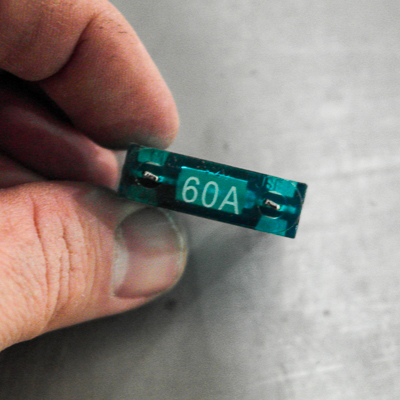
All fuses are marked for their amperage, like this 60-amp MAXI fuse.
Headlights, taillights, and turn signal bulb sockets can corrode, causing them to short out and pop the fuse. This is more common on older cars but happens to newer vehicles as well. Other causes include failed switches, mechanical problems, cut, scraped, or pinched wires, and failed components. You must figure out the cause of the blown fuse, as serious issues may be the cause.
Sometimes, the system has experienced a few high-draw situations that weaken the fuse and eventually become weak enough to blow. Heat is another cause of blown fuses, as all fuses lose ampacity (the ability to carry amperage) as they get hot. A fuse that can handle 30 amps at 75 degrees can lose 20 percent of its ampacity at 200 degrees (the typical underhood temperature when the engine is running), reducing its rating to 24 amps.
Read: Car Wiring Harnesses and Adapters (Tips and Tricks)
While OEM fusing factors this in, aftermarket equipment for lights, stereo systems, winches, etc., typically does not factor in the increased capacity. When adding aftermarket equipment, the rule of thumb is to add 20 percent to the minimum fusing requirement of the equipment to account for small spikes in draw and heat-induced ampacity loss. Remember that adding equipment also means adding the correctly sized wire for the circuit.
Shop now for car fuses and boxesWhat To Do If Your Car Blows a Fuse
You may already know the cause of the blown fuse, such as having too many chargers plugged in at once. It is usually something simple that causes a blown fuse, and it’s an intermittent or “freak” occurrence.
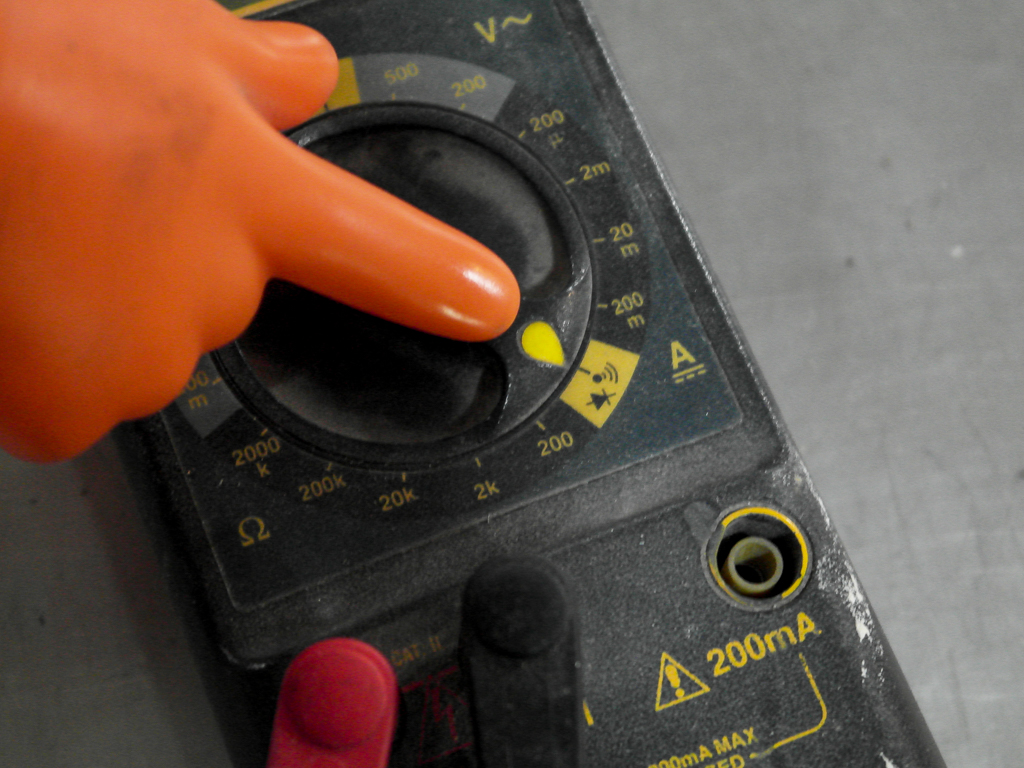
Not sure if a fuse is blown? Use a DMM digital multimeter set on continuity to test it.
When a fuse blows, you can take a few steps to locate the source of the issue:
Locate the fuse box. Most modern vehicles have two or three fuse boxes: one under the dash or side of the dash (most are on the driver’s side), one under the hood, and one possibly in the trunk. Interior circuits are usually in the interior fuse box, while the major circuits are under the hood or near the battery.
Find the blown fuse. Some vehicles have labels on the fuses for the generic circuit, such as Radio, Brake, or Turn, while others use numbered or lettered codes that you have to look up in the owner’s manual. Pull the fuse that’s at fault. Most cars have a puller tool resembling plastic tweezer pliers in the fuse box. If you don’t have the tool, a pair of needle-nose pliers works well to remove hard-to-pull fuses.
Examine the fuse. All automotive fuses are designed to be evident that they popped just by looking. The metal strip that burns up will be clearly disconnected, and there are usually burn marks. If unsure about the fuse, test it with a digital multimeter (DMM) set to Continuity to verify it is blown.
Replace the fuse. Use the same size and type of fuse. A larger fuse can lead to a fire or other significant damage to the vehicle.
Check the operation of the circuit. If it works and stays working, then your issue was likely intermittent, and you can be on your way. If it pops immediately, you must sort out the issue causing the fuse to blow before moving on. If it is not a required circuit, you can drive the vehicle, but if it is for a necessary item—the fuel pump, ECM, headlights/taillights, cooling fans, etc.—you should not drive until the cause is located and repaired.
Shop now for replacement fuse kits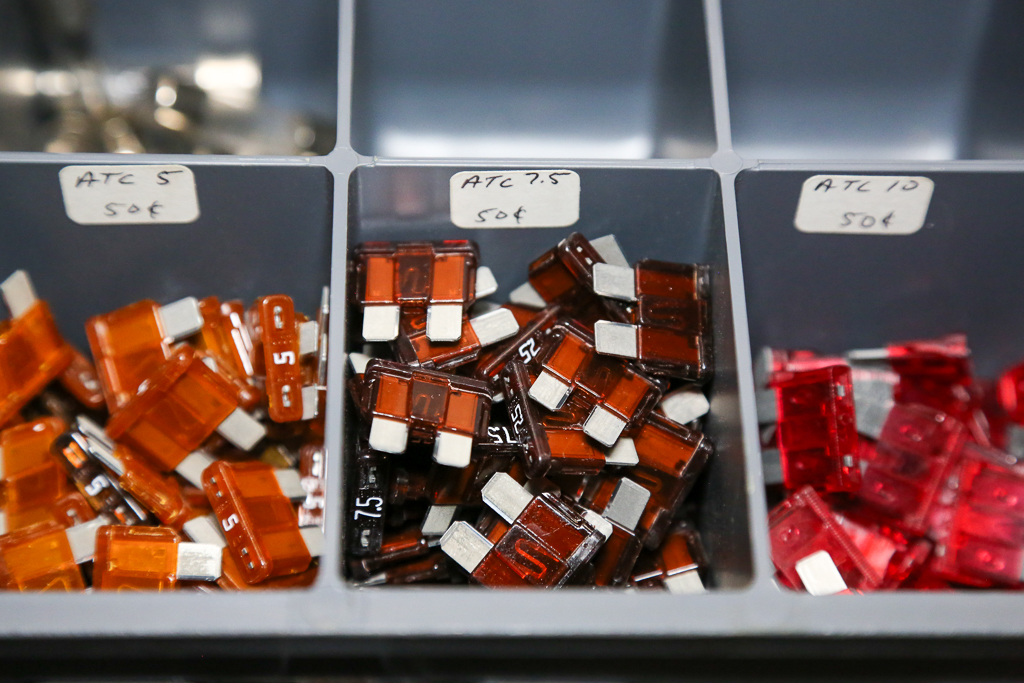
Carrying a selection of replacement fuses is low-priced roadside insurance.
Safe Circuits
Blown fuses are an inconvenience, but they are there for a reason. Never replace a fuse with anything other than the exact kind of fuse that was originally installed. Do not use bolts, washers, aluminum foil, or any other device—not even as a “get you home” measure—as this can lead to a vehicle fire. It is always a good idea to keep a small selection of replacement fuses in your vehicle if a fuse does blow so you can get back on the road.
Shop now for car fuses and boxes
